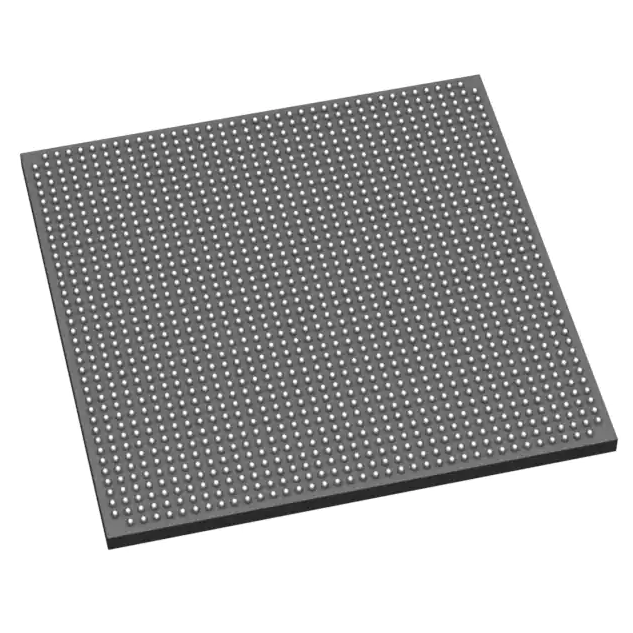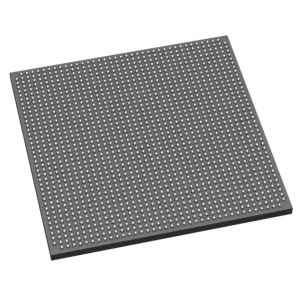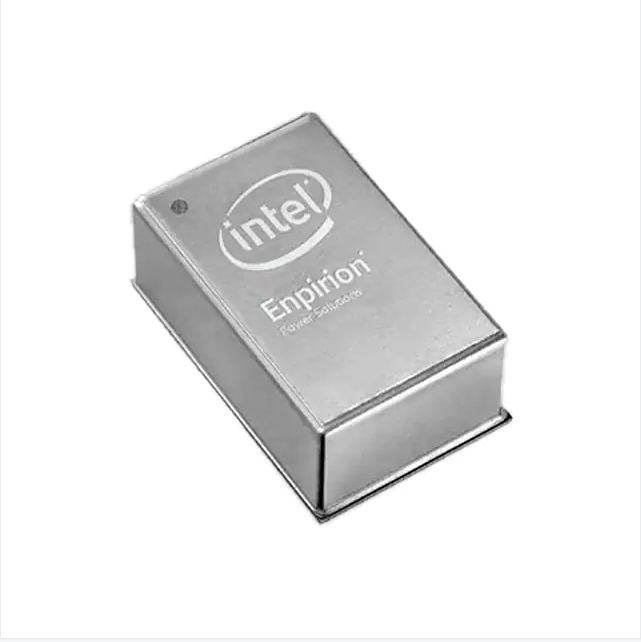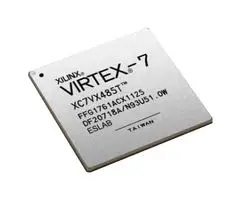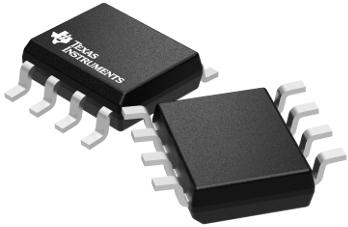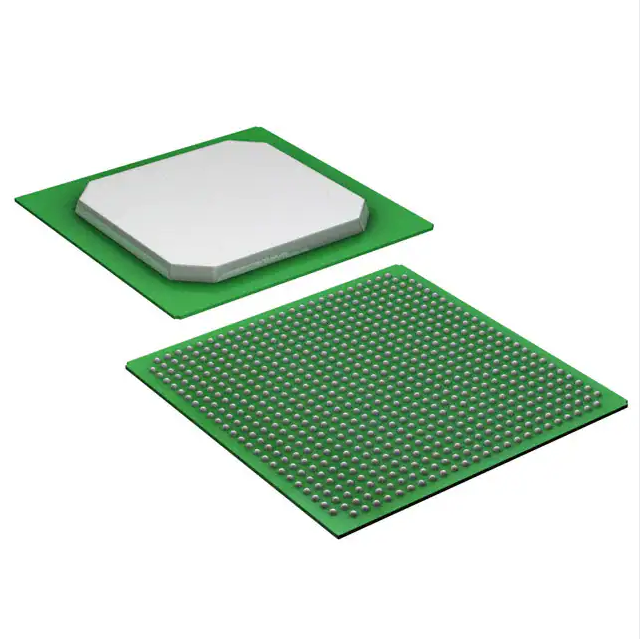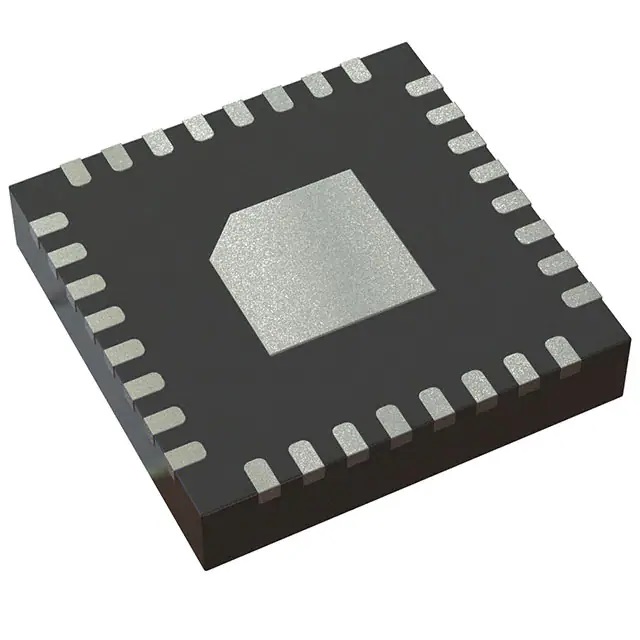Original IC chip Programmable FPBGA XCZU7EV-2FFVF1517I integrated circuits electronics IC SOC CORTEX-A53 1517FCBGA
Product Attributes
| TYPE | DESCRIPTION |
| Category | Integrated Circuits (ICs)Embedded |
| Mfr | AMD Xilinx |
| Series | Zynq® UltraScale+™ MPSoC EV |
| Package | Tray |
| Standard Package | 1 |
| Product Status | Active |
| Architecture | MCU, FPGA |
| Core Processor | Quad ARM® Cortex®-A53 MPCore™ with CoreSight™, Dual ARM®Cortex™-R5 with CoreSight™, ARM Mali™-400 MP2 |
| Flash Size | - |
| RAM Size | 256KB |
| Peripherals | DMA, WDT |
| Connectivity | CANbus, EBI/EMI, Ethernet, I²C, MMC/SD/SDIO, SPI, UART/USART, USB OTG |
| Speed | 533MHz, 600MHz, 1.3GHz |
| Primary Attributes | Zynq®UltraScale+™ FPGA, 504K+ Logic Cells |
| Operating Temperature | -40°C ~ 100°C (TJ) |
| Package / Case | 1517-BBGA, FCBGA |
| Supplier Device Package | 1517-FCBGA (40×40) |
| Number of I/O | 464 |
| Base Product Number | XCZU7 |
Sprint for high-performance computing
Although they both came from Cents Semiconductor, Intel’s founders were from R&D and AMD’s founders were from sales, which set the stage for certain differences in development routes between the two in the early years.
This led to some technical constraints in the early years, and after the completion of the “lawsuit of the century” with Intel for many years, AMD increased its investment in research and development. But then came the acquisition of ATI, which was faced with a financial bleeding problem.
These backgrounds have kept AMD’s development in the CPU field under Intel’s shadow, and the acquisition of ATI has also given AMD an additional rival in the GPU field, which is gradually growing, but AMD is also using the CPU + GPU synergistic development route to continue to occupy market share.
Xilinx, which was acquired by AMD this time, has long held 50% of the market share of FPGAs, while Altera, which was acquired by Intel in 2015, holds about 30%.
The reason why FPGAs are important to the current era of intelligent computing is because of their advantage of being flexibly configurable. A chip design industry insider to reporters, the use of FPGA, even if the chip products have been manufactured, but still can be reprogrammed or functional upgrades.
In recent years, Xilinx is also looking for new market development space, data center is a market with high hopes. Previously, Victor Peng, then president and CEO of Xilinx, responded to the 21st Century Business Herald that although the data center business made a very limited contribution to the company’s revenue, “it is important to see that it is growing much faster than the general business and it will become a very important part of revenue in the future.”
Xilinx’ Q3 FY2022 results, released before the acquisition, showed that the data center segment accounted for 11% of the company’s revenue, with its share increasing steadily each quarter and an annual growth rate of 81%.
To some extent, FPGAs themselves have gone to a new divide. Some chip watchers told reporters that the market demand for pure FPGA chips is already on the decline, and in the future, its embedded heterogeneous solutions fused with CPUs and DSPs will become the mainstream of the market, which will be beneficial in areas such as data centers, 5G and AI.
This is also reflected in AMD’s acquisition blueprint, where the company describes that Xilinx’ leading FPGAs, adaptive SoCs, artificial intelligence engines, and software expertise will empower AMD to bring a superb portfolio of high-performance and adaptive computing solutions. and capture a larger share of the approximately $135 billion cloud, edge computing, and smart device market competition through 2023.
AMD also mentioned the support that the acquisition of Xilinx would bring to the technical and financial aspects of the company.
On the technology side, it will strengthen AMD’s capabilities in chip stacking, chip packaging, Chiplet, etc., as well as provide a better software platform for AI, special architectures, etc.






